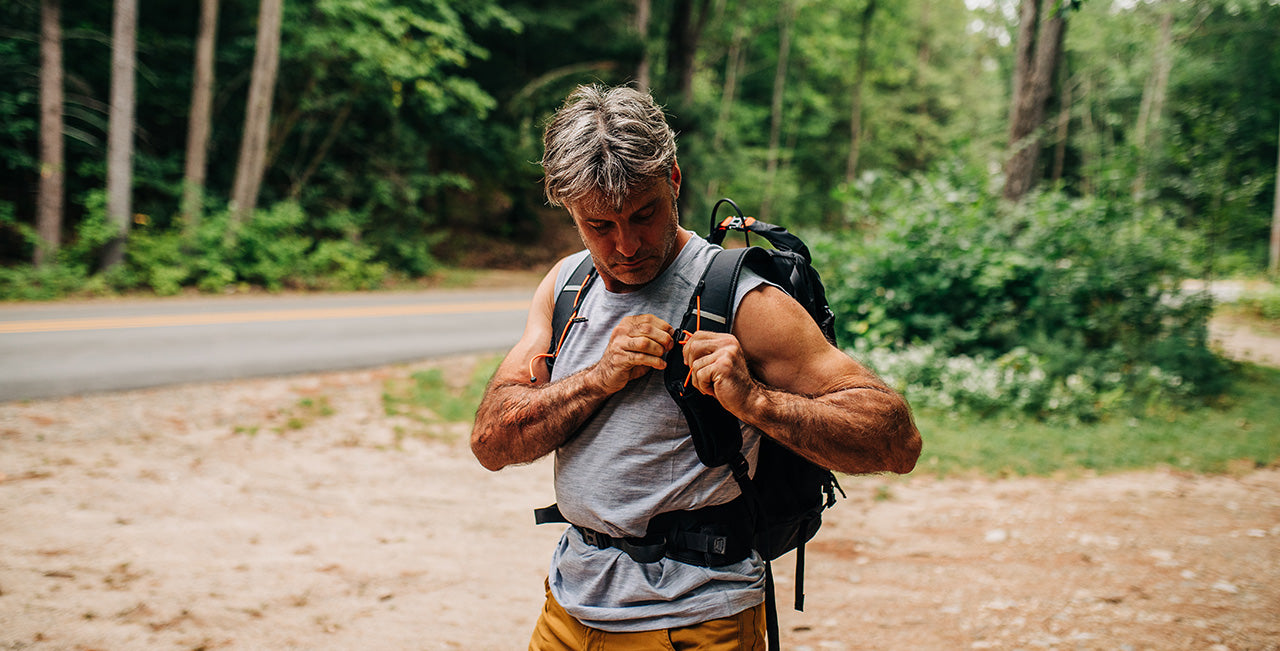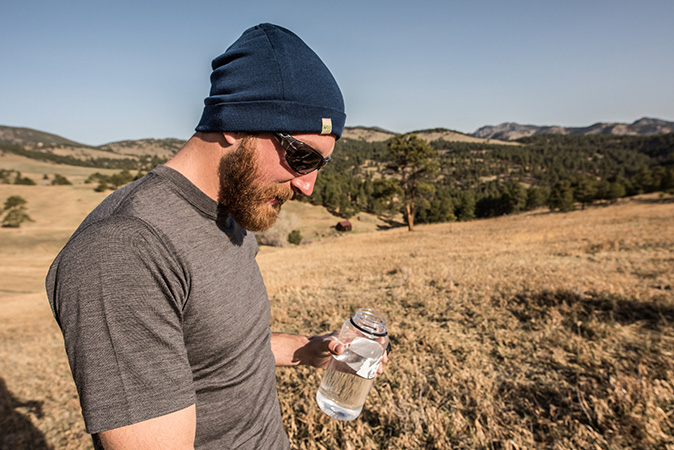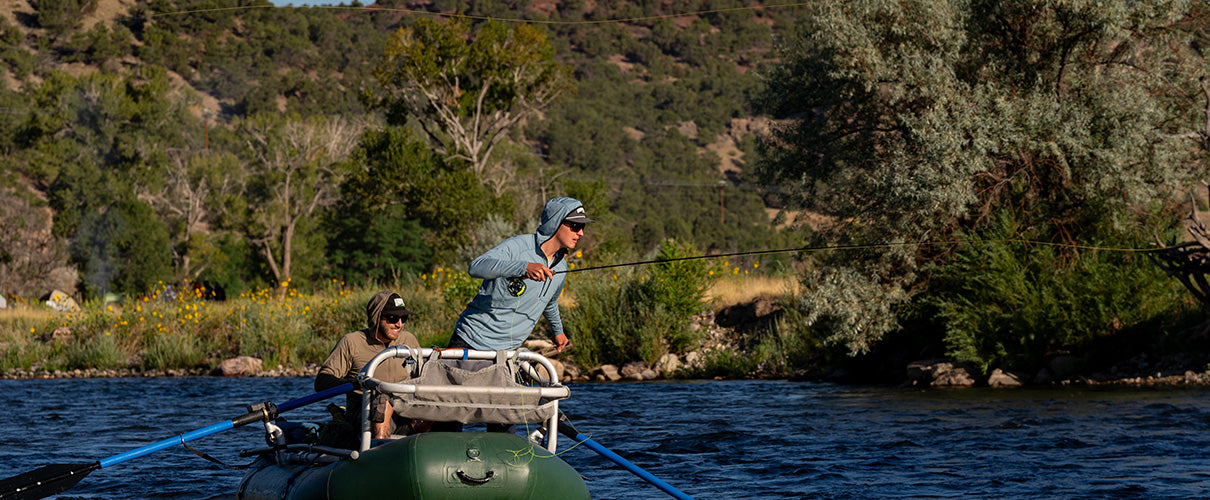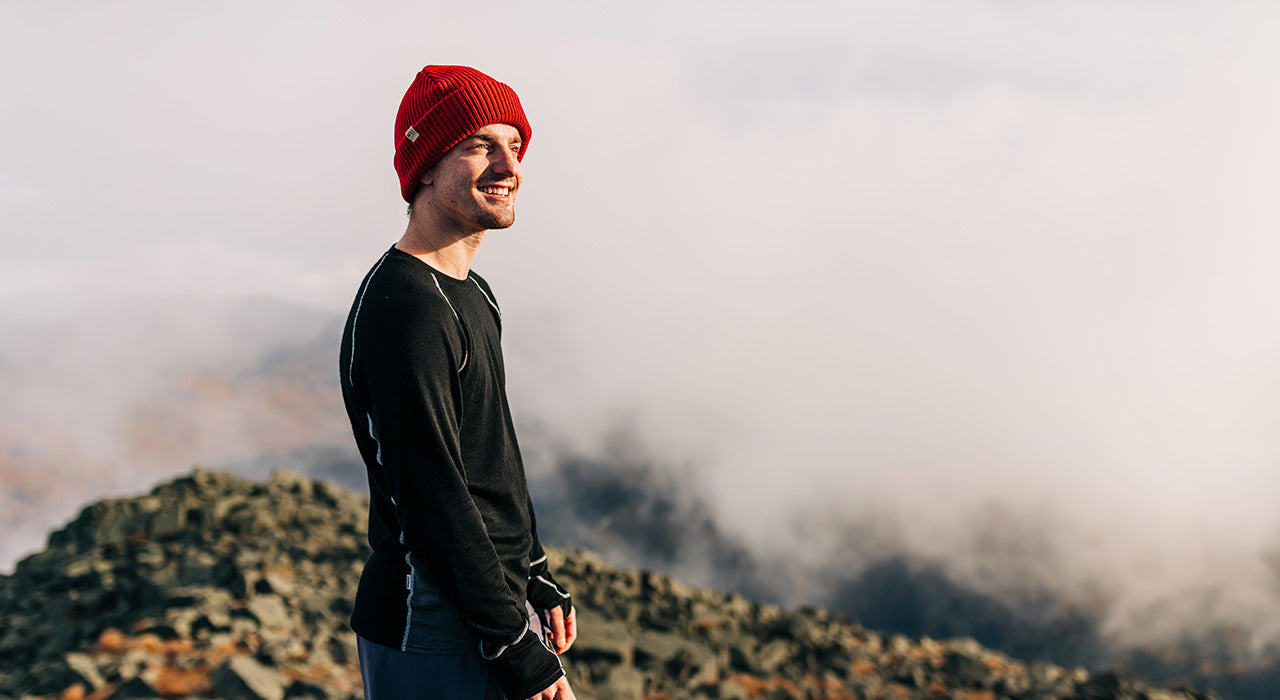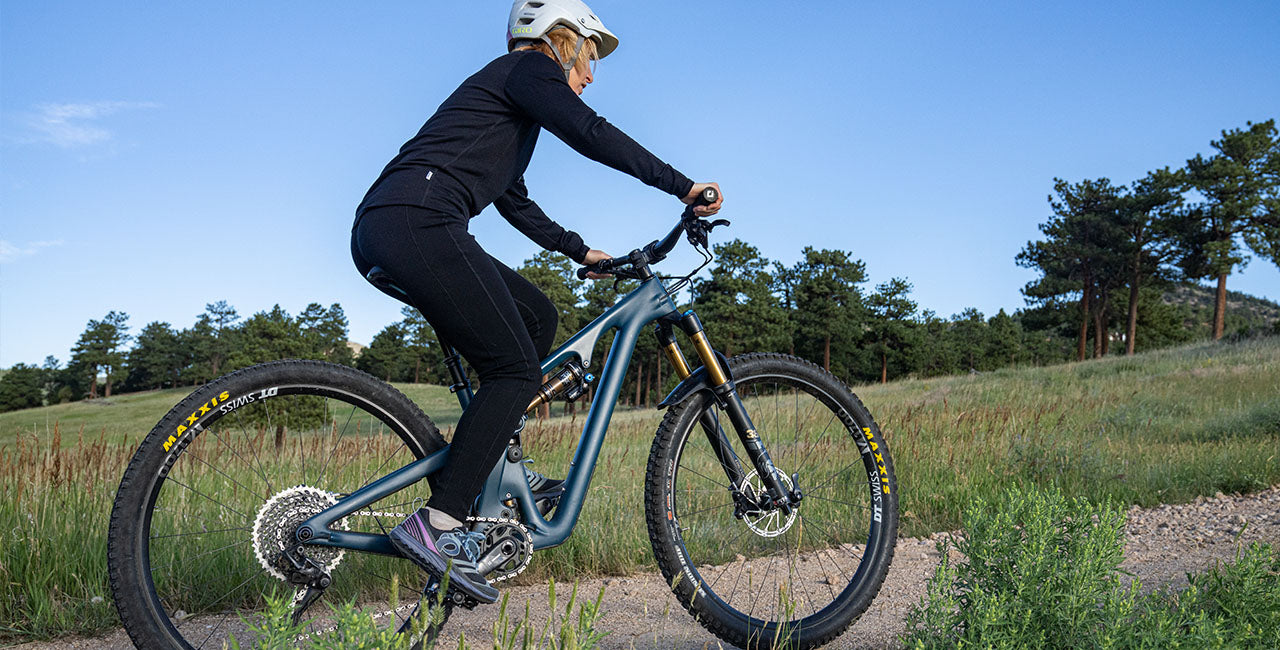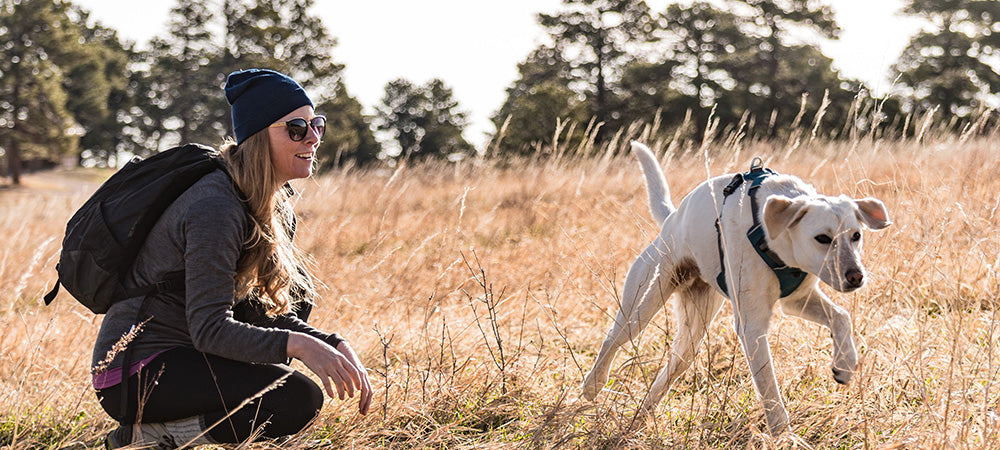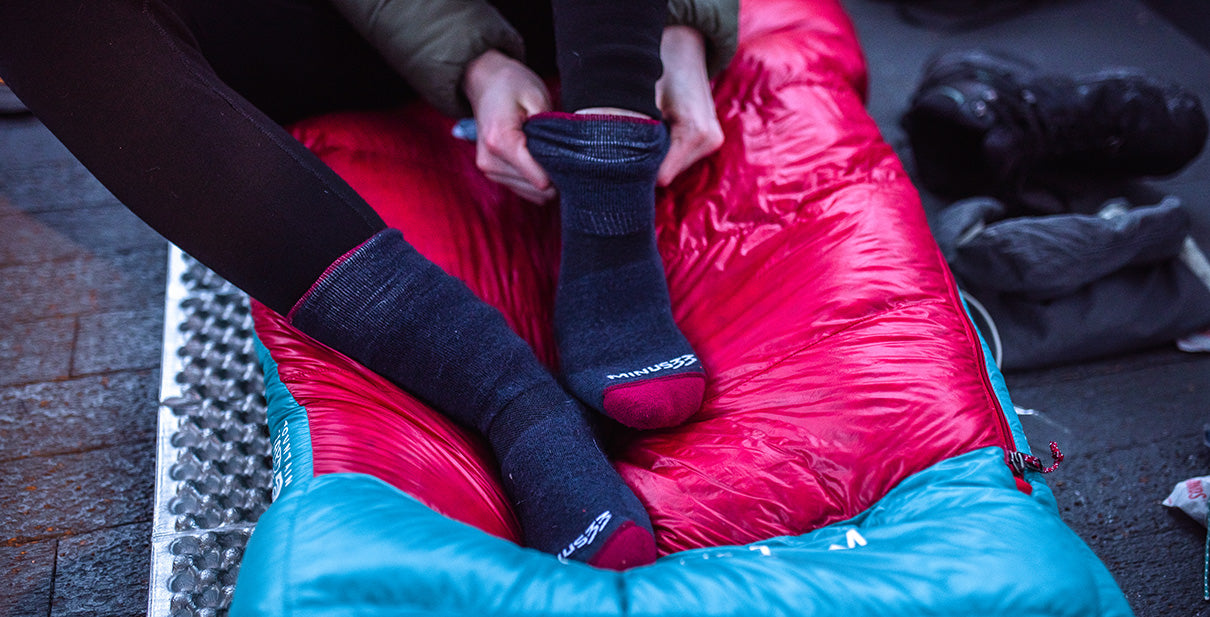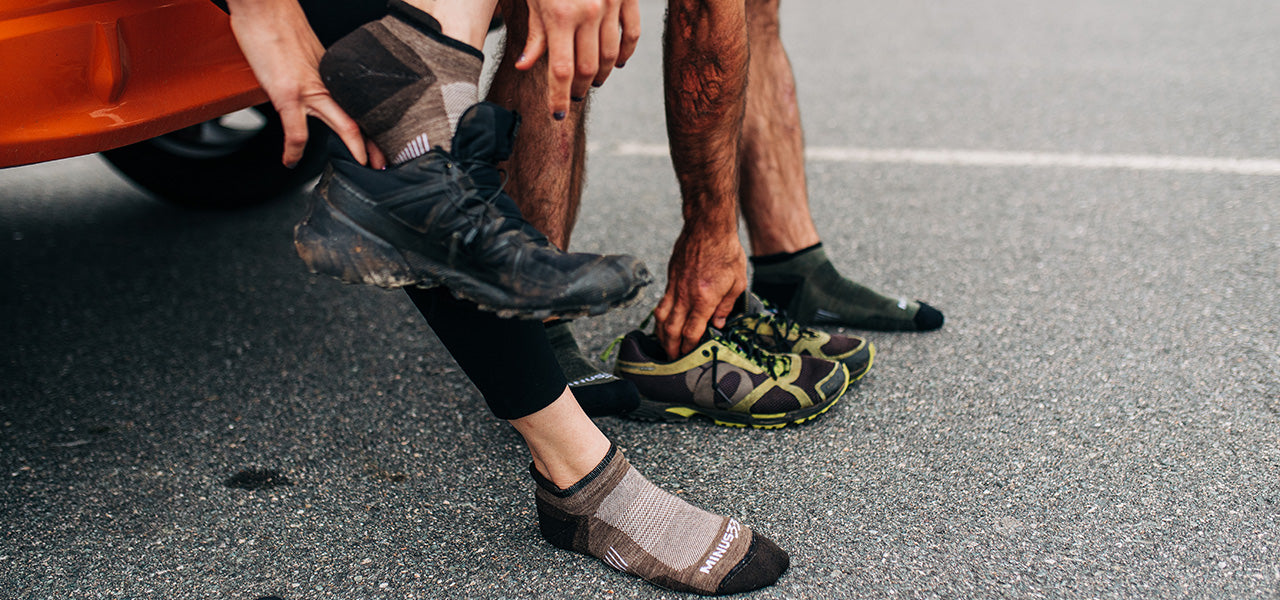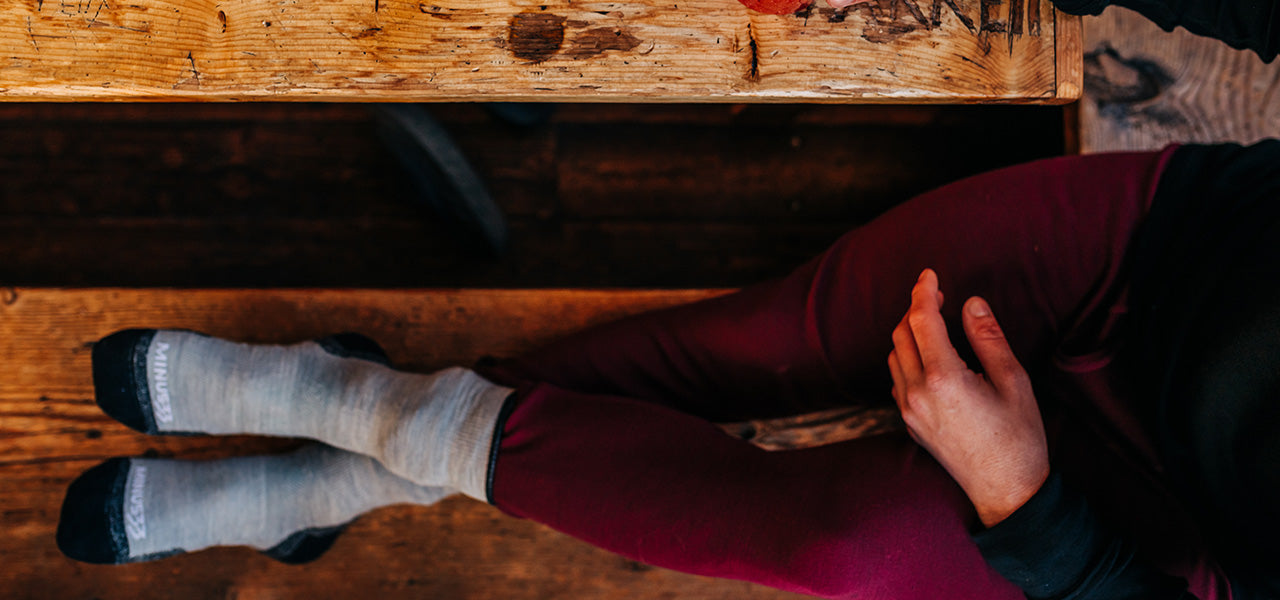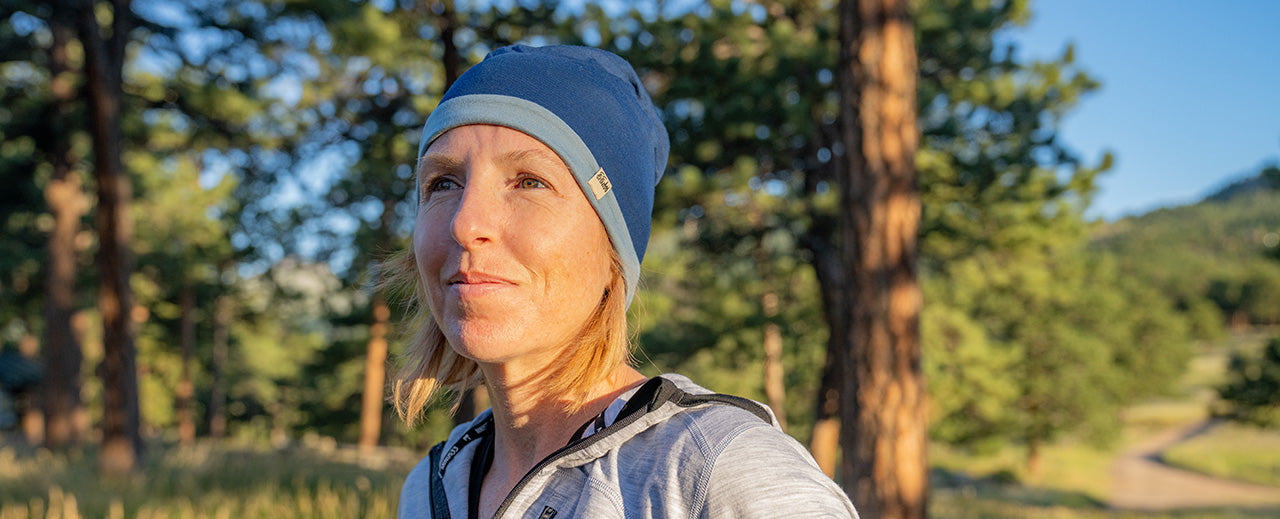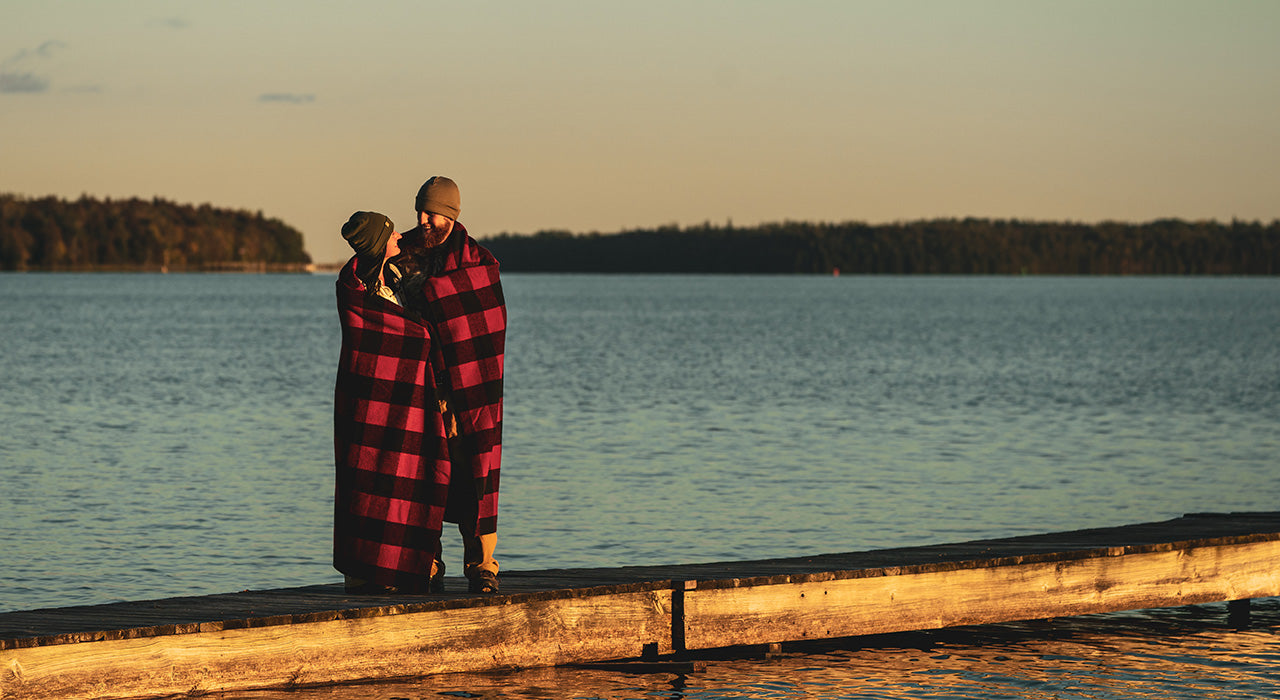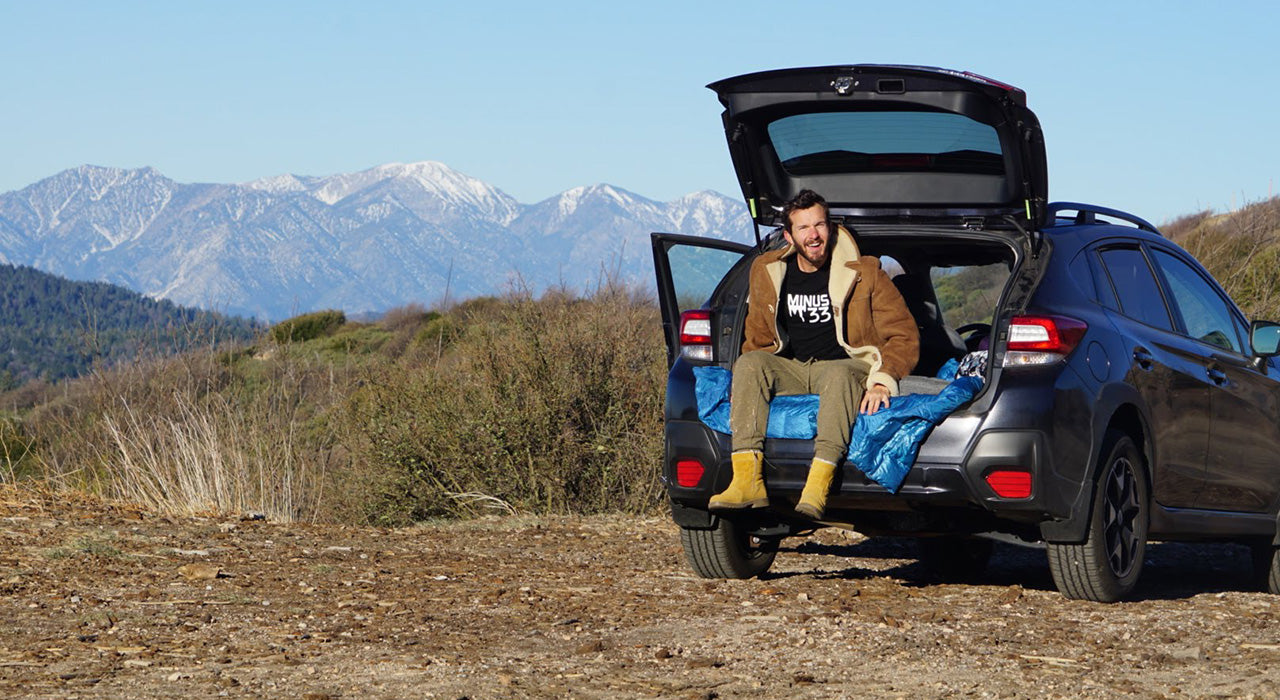By Martin Bril
I used to think that I was in good shape. I could hike up a mountain quickly and spend hours post-holing in the deep snow of mid-winter. But the thing is, I could because I would push myself really hard, too hard in fact.
Before my trip to Rainier last Spring, I decided to ramp up my training by running every day and doing step-ups with weight, as well as my usual hikes with a heavy pack. A month away from departure, my knee began hurting quite a bit. I soon learned that I had IT band syndrome, which basically comes from overuse as well as muscle imbalance. With physical therapy and proper strength training, it went away after about 3 long months. I was disheartened by my inability to understand what I was doing wrong.
Summer came around and I got to climb a peak with a few friends. We took off on a Thursday evening for an 8-mile trail hike followed by a long bushwack up a steep slope to our camp for the night. Trying to get to know one of the guys who I’d never hiked with before, I kept his pace. Everything was going great, until it got steep. At this point, I slowed down considerably, but he did not. I tried to keep up, out of breath, feeling my heart beating hard and fast in my chest. By the time we were setting up camp, I was exhausted. Every single muscle in my body would cramp up as I was moving. I thought I was getting sick. Cody on the other hand, looked like he was just getting started. What could he possibly be doing to be in such a good shape? Later on, we talked about training. He mentioned a book called “Training for the New Alpinism” by Steve House and Scott Johnston. He told me that most of what he’s done is loosely based on the principles described in the book.
Very intrigued, I grabbed a copy for myself and this is where everything started to change. The more I read and the more something became obvious, I realized I was doing it all wrong. The main message that I took out of it is; if you want to improve your aerobic fitness, train at a low intensity for long periods of time. The idea that it takes a lot of work and patience to get effective results was of course convincing enough for me to dive into it without second thoughts.

Brendan on Lark Mountain, Moose Pass.
It has been two months since I started my new training regiment. I used to run about a mile at a fast pace and would get quickly exhausted. Short, high intensity workouts would leave me tired and frustrated for most of the day. I don’t look at the miles anymore but the time spent running. I now run between 40 minutes to an hour every single day without feeling fatigued. My resting heart rate has improved from 65 to nearly 50. I’ve seen progress in my recovery rate after long days spent in the mountains as well as my ability to listen to my body’s needs versus my ego’s wants. The work is far from over. It will take months or years to get where I want to be. But the improvements I’ve experienced over this short period of time are telling me that it is worth the effort.
